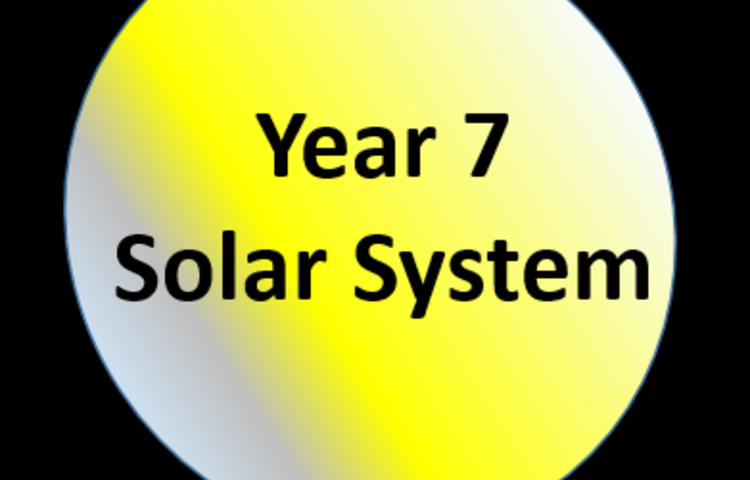Science
Science Department Staff
For more information about the Subject curriculum, please contact: Mrs J McCutcheon the Curriculum Leader.
- Mrs J McCutcheon (JAM) - Curriculum Leader of Science
- Mrs R Wilson (RLW) - Second in Science
- Mr N Dunn (NJD) - Teacher of Physics
- Mrs D Holden (DLH) - Teacher of Physics
- Miss O Kendall (OMK) - Teacher of Biology & Physics
- Mrs K Pye (KPY) - Science Teaching Assistant
- Miss B Sayer (BJS) - Teacher of Biology
- Mr J Turner (JT) - Teacher of Chemistry
- Miss C Warburton (CJW) - Teacher of Chemistry and PSHE Coordinator
- Mr O Dickinson (OJD) - Science Technician
- Mrs S Walsh (SW) - Senior Science Technician
Science Department Intent
The intent of our Science Curriculum is to develop scientifically literate citizens who are equipped with scientific skills required to understand the uses and applications of Science. Students are encouraged to see how Biology, Chemistry and Physics interconnect with each other and the outside world. We want to develop their understanding and appreciation of the natural, material and physical world around them and to encourage awe and wonder.
We want students to realise how Scientific innovation and advances changes our lives and is vital to the world’s future prosperity.
At Balshaw’s Church of England High School we wish to inspire students to become future scientists and for others to see the applications of Science within our everyday lives.
‘Science is exploration. The fundamental nature of exploration is that we don’t know what’s there. We can guess and hope and aim to find out certain things, but we have to expect surprises.’ Charles H. Townes
‘The whole of Science, and one is tempted to think the whole of the life of any living man, is trying to come to terms with the relationship between yourself and the natural world. Why are you here, and how do you fit in, and what’s it all about?’ David Attenborough
Lessons
Year 7 have 5 hours over two weeks
Year 8 have 6 hours over two weeks
Year 9 have 6 hours over two weeks
Year 10 Combined have 10 hours over two weeks
Year 10 Triple have 15 hours over two weeks
Year 11 Combined have 10 hours over two weeks
Year 11 Triple have 15 hours over two weeks
Accommodation
Our Science Curriculum area is one of the largest in school with 7 well equipped laboratories and two preparation areas situated on two levels of the school building.
Organisation
We operate a three year KS3 programme of study, incorporating fully the National Curriculum.
Students in Years 7, 8 and 9 will usually have one Science teacher who delivers all three Sciences using subject topics. There are 7 mixed ability groups in Year 7, 8 and 9. All three year groups are in two bands for organisational purposes with the X band having three teaching groups and the Y band having four.
At KS4 we follow the AQA specification and offer Combined Science and Triple (Separate) Science. We are fortunate to have subject specialists in all three Sciences. We have 7 teaching groups. One group study Triple Science as an option subject and the other 6 groups follow the Combined Science pathway.
Science Department Assessment in Science
Science Department Summative Assessment Programme - KS3
Science Department Curriculum Mapping - KS3
Science Department Curriculum Mapping - KS4
Science Department - Intent, Implementation and Impact
Clubs
As a department we run STEM Club for years 7 to 9.
Enrichment
We offer a wealth of enrichment opportunities Geneva, Iceland, UCLan, Runshaw, Science Live, Manchester Museum of Science & Industry
Staff Involvement
Members of the department have been involved in the Geneva Trip, Staff Choir, Lego – Future Engineers, STEM club, Acoustics Club.
Related News
Year 7 Spectacular Solar System Work
As NASA's rover has been exploring Mars our Year 7 students have been very busy exploring all the planets in our Solar system.
.png)
.gif) Click CEOP
Click CEOP.JPG) Report Harmful Content
Report Harmful Content
.gif)

